Story Highlight
– 23% of social renters report damp or mould issues.
– Awaab’s Law mandates quicker landlord action on hazards.
– Tougher rules to extend to private rented sector soon.
– Low-income households face higher rates of housing issues.
– £1 million fund to enhance tenant engagement announced.
Full Story
A recent survey highlights that nearly a quarter of individuals experiencing issues related to damp, mould, or cold in their residences are social renters. This finding coincides with the introduction of new legislation aimed at compelling landlords to address such problems more expeditiously. The legislation, known as Awaab’s Law, is a direct response to the tragic death of two-year-old Awaab Ishak, who passed away in December 2020 due to a respiratory illness stemming from long-term exposure to mould in his family’s housing association flat located in Rochdale, Greater Manchester.
The outcry following Awaab’s untimely death led to significant public and political pressure, resulting in the swift passage of the law aimed at ensuring that social housing landlords rectify reported hazards without delay. Instances where landlords neglect their responsibilities could now result in legal action and compensation orders, reinforcing the urgency of the issue. Under the new regulations, which are effective immediately, it is mandated that urgent health and safety hazards must be rectified within a 24-hour timeframe once reported.
In a survey conducted by Censuswide on behalf of the Health Equals campaign, it was revealed that among the respondents reporting issues such as dampness, mould, or condensation, 23% were from social rental backgrounds, while 21% resided in the private rental sector. The survey included responses from 3,982 adults and aimed to shed light on the detrimental impacts of inadequate housing conditions on health across the UK. Health Equals claims that poor living conditions, including damp, cold, and mould, contribute significantly to reduced life expectancy.
Advocates for better housing conditions are urging for the new, stringent measures designed for social landlords to be equally applicable to the private rental market. The government has acknowledged the necessity of extending Awaab’s Law to this sector through the forthcoming Renters’ Rights Bill, which is awaiting royal assent, yet no definitive timeline has been provided for its implementation.
Furthermore, the research indicates a striking disparity in housing conditions based on income levels. Individuals from low-income households are nearly twice as likely to endure problems associated with damp or mould compared to those from higher-income brackets—21% in the lower income group versus 12% among the wealthier cohort. Paul McDonald, the chief campaigns officer for Health Equals, emphasised that while Awaab’s Law represents a crucial step forward, the research indicates that further action is necessary to ensure all renters enjoy safe and healthy living conditions.
With the legal changes coming into effect, social landlords managing approximately four million rented homes across England are now under obligation to address significant damp and mould issues within ten working days and must report their findings to tenants within three days of inspection. If there are vulnerable individuals, such as young children or people with disabilities, living in properties that cannot be made safe within the designated timeframes, landlords must provide alternative accommodations.
Housing Secretary Steve Reed elaborated on the government’s commitment to ensuring that all individuals have access to safe and adequate housing. He remarked, “Everyone deserves a safe and decent home to live in and Awaab Ishak is a powerful reminder of how this can sadly be a matter of life or death.” Reed also expressed appreciation for Awaab’s family, whose advocacy has catalysed significant policy changes aimed at protecting the safety and health of tenants across the country.
In conjunction with the legislative changes, the government has introduced a £1 million fund designed to foster better engagement between tenants and landlords, granting tenants more influence over the decisions that affect their living situations.
A report from the Housing Ombudsman published earlier this year highlighted a growing “simmering anger” regarding poor housing conditions, noting a dramatic rise in complaints associated with inadequate living environments—upwards of five times more than five years ago. The ombudsman identified substantial failures in property maintenance that have made addressing these issues progressively more complex and costly. In the past year alone, the Ombudsman addressed 6,380 complaints, reflecting a significant increase from 1,111 complaints in 2020. These grievances included concerns over asbestos, electrical and fire safety, pest control, and maintenance problems related to damp and mould, underscoring the urgent need for reform in the housing sector.
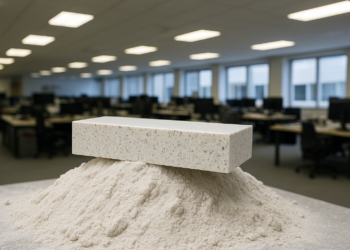






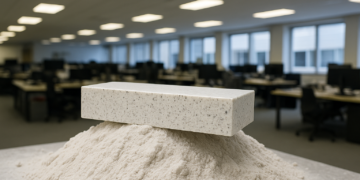


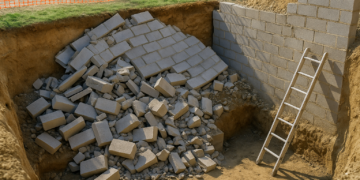

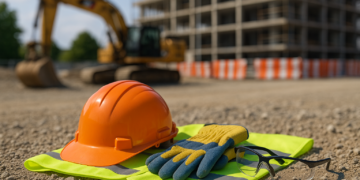




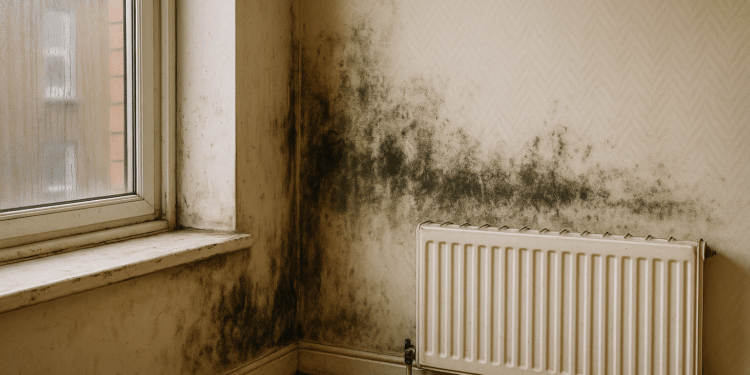




This is a vital step forward. Clear legal duties and firm response times give tenants real protection and should reduce the health risks linked to damp and mould. Enforcement must be consistent and well resourced, and funding for tenant engagement should be used to ensure people know how to report problems and access repairs. The same protections should be applied across the private sector so all renters enjoy safe, healthy homes, with extra attention on support for low income households who bear the greatest risk.
This is a vital step forward. Prompt legal duties for landlords to deal with damp and mould will protect tenants and reduce serious health risks, especially for children and those with respiratory conditions. The focus on timely remediation and tenant engagement is welcome, but the government should commit to expanding similar protections to the private rented sector and ensure adequate funding for enforcement and repairs. Without robust inspection, clear standards and accessible reporting routes, vulnerable households will continue to bear the greatest burden.
This is a vital step forward. Fast, enforceable action on damp and mould will protect health and reduce long term costs from preventable illnesses. Landlords must be held accountable and given clear, funded guidance to comply. Extending protections to the private rental sector is essential to tackle inequality, since low income households bear the greatest risk. Robust inspection, timely remediation and support for tenants to report problems will make the law meaningful in practice.
This is a vital step forward. Clear legal deadlines for landlords to remediate damp and mould will save lives and reduce long term health and financial costs. Implementation must include rapid inspection and repair, accessible reporting routes for tenants, and independent enforcement with meaningful penalties. Support for tenants to evidence problems and for landlords to access proper funding and competent contractors is also essential. Extending similar protections to the private rental sector should be a priority to address the unequal burden on low income households.